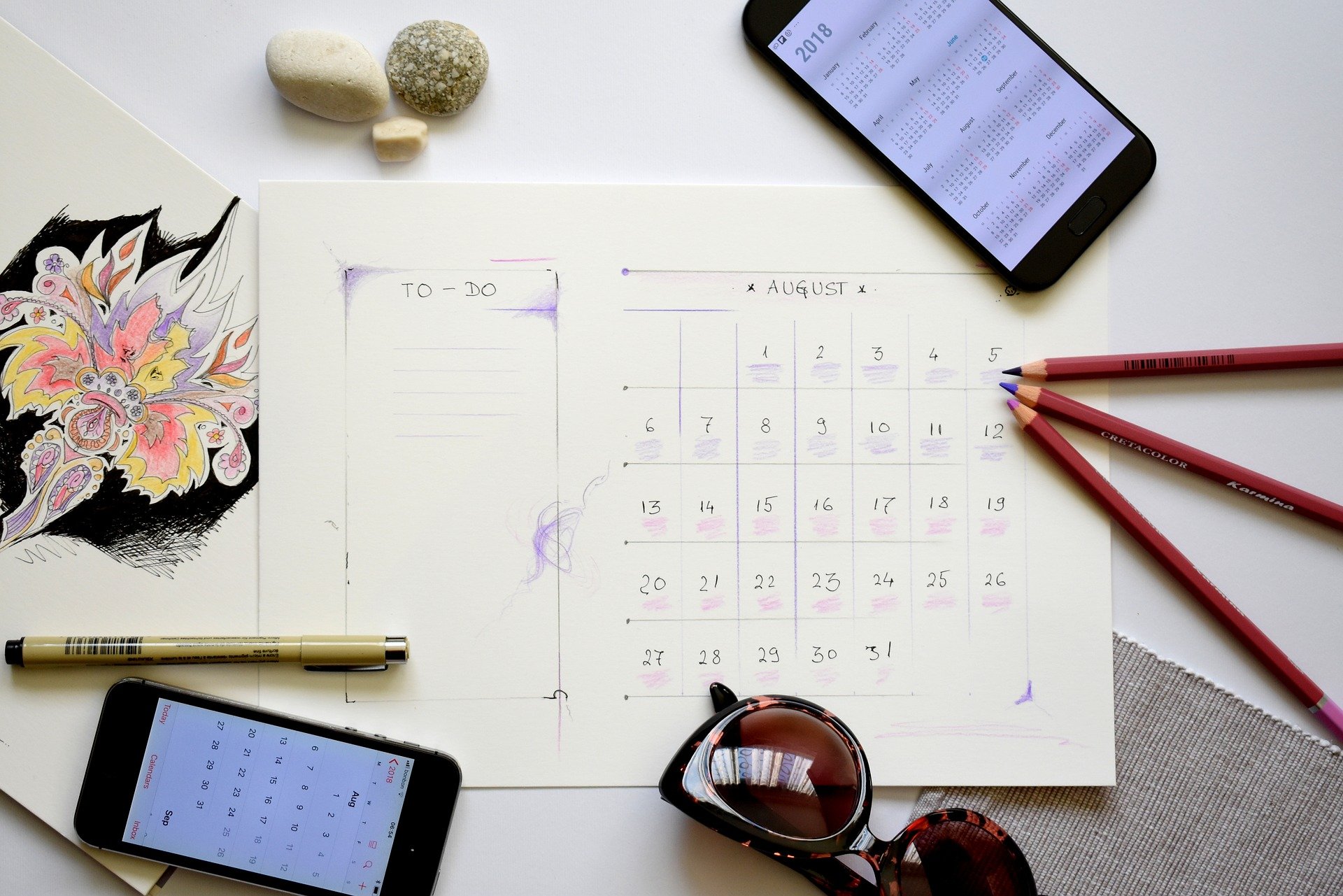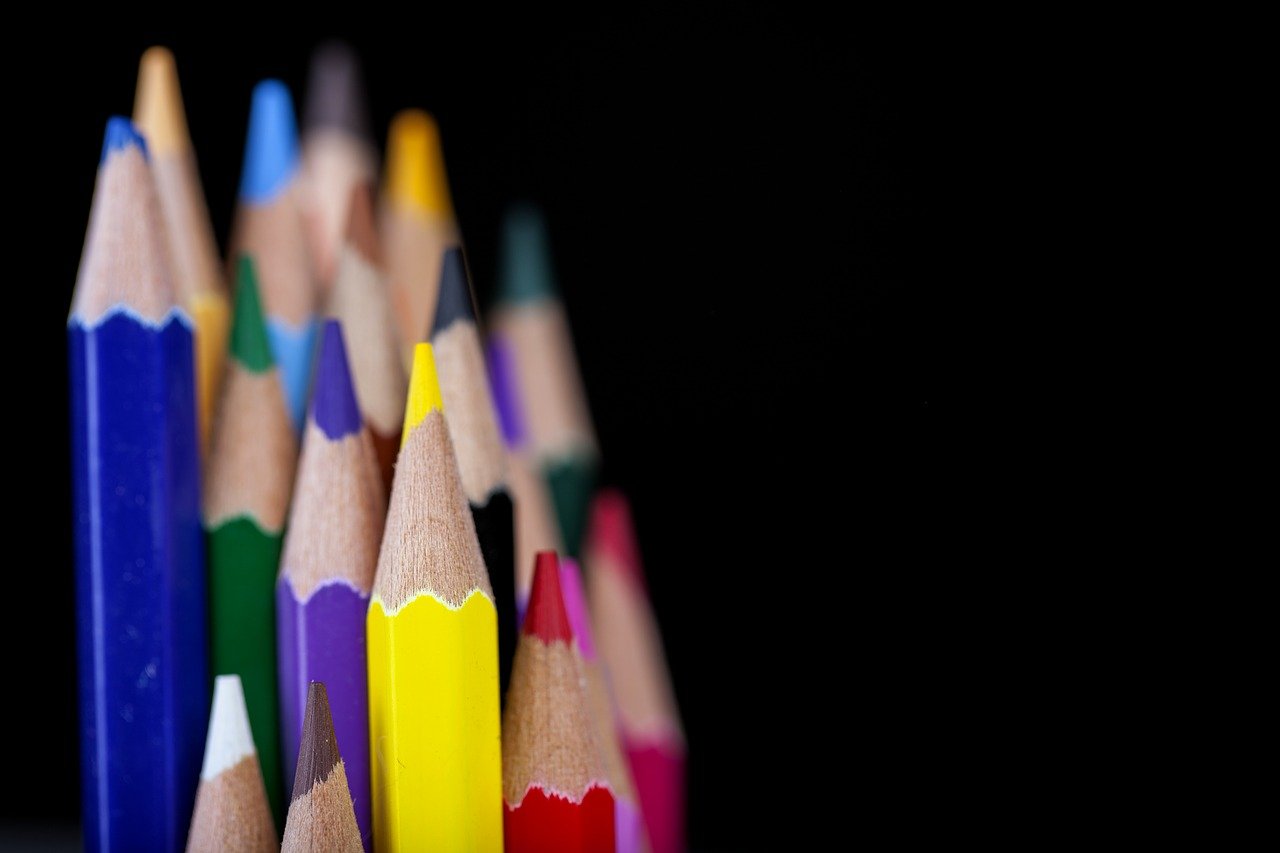For five Wednesdays in January and February, Deborah Farmer Kris will be offering a workshop series to upper school students on Building Habits of Mind. Neha Sunkara, class of 2021, shares this summary of workshop #1.
You might be thinking: “What even is neuroplasticity?” Well, after attending Mrs. Kris’ workshop, I know that neuroplasticity is the ability of our brains to constantly change, grow, and reorganize by forming neural pathways or “brain chains” as Mrs. Kris calls them. When we learn something new, like how you just learned about the definition of neuroplasticity, we create a brain chain of neurons. The more you practice something, the thicker the brain chain associated with that something gets because your brain is traveling that brain chain more. Isn’t it amazing how our brain does all of this without us being truly aware of it?
Now that you know what neuroplasticity is, here are some key takeaways from Mrs. Kris’ workshop.

We are not born with fixed pathways.
Years ago, scientists believed that the brain would not change after childhood. They believed that the brain would be fixed for adults. However, scientists recently discovered that our brains are constantly changing throughout our lives. Our neurons are almost always linking and creating brain chains. We have the potential to keep learning until we die.
Learning is hardest at first.
Learning is very hard at first because we don’t have the brain chain yet. When we begin to struggle to learn something new, we feel like giving up because we want to just “know” the subject instead of learning it. But don’t give up during this struggle. When you push through, you will feel satisfaction and will remember what you learned because you have created a brain chain. That is also a reason not to cram. When we cram for tests, we do not create brain chains so we immediately forget what we have learned.
Habits are really thick brain chains.
A habit is a brain chain that has been well traveled. Habits take time to form and time to replace. Because habit brain chains are so thick, they are hard to break. For example, if you have a new year’s resolution to stop eating chocolate although you eat chocolate everyday, then the habit of eating chocolate will be very hard to break. Instead, try to replace your habit with something else, like eating an apple. It can take two months to strengthen your habits so make sure to stick with your replacement habit.
Here are three strategies relating to neuroplasticity that Mrs. Kris advises us to experiment with this next week.
1. Physical To-Do Lists
Many people keep mental to-do lists but these mental to-do lists can become overwhelming and people sometimes forget what was on their to-do list. Physical to-do lists are a great way to maximize productivity while remembering the items on your list. Physical to-do lists reduce anxiety, provide structure, and help us keep track of what we have to do. Our brains usually like to think about all the things we haven’t done yet, so by creating a physical list, we can see all the things we have done already. Also, checking off items in your list can physically make you happier. When you check off an item in your list, your brain releases a molecule called dopamine, which contributes to happiness, motivation, and reward.

2. Picture Notes
Picture notes, or adding images or color to your notes can really help with neuroplasticity because your brain likes to see colors and drawings. Drawing is actually a combination of the kinesthetic, visual, and auditory learning styles, so by drawing you will learn and remember more than just taking notes, looking at only images, or listening to a book.

3. Picture Walks
Picture walks are when you flip through your textbook, test, or homework to look at the titles, bold headings, and subtitles. By doing a picture walk, your brain knows what is coming next and you create a loose brain chain. Picture walks are like hanging hangers in their set positions. You know that there is a hanger that needs to be put there and when you get to that hanger, you put it up.
Overall, I hope you understand the importance of neuroplasticity in our lives, especially in our school lives. If you are looking for a new year’s resolution, try a physical to-do list, picture notes, or a picture walk. New year’s resolutions are usually negative and since the brain tries to avoid things that we dislike, it will be hard for us to gain the motivation to keep our resolution. Think about what you want to do instead. Try taking picture notes rather than just dreading studying for a test. Try writing a physical to-do list instead of trying to remember all your tasks. Go try one of these strategies for at least this week and if you like the strategy, keep doing it!





